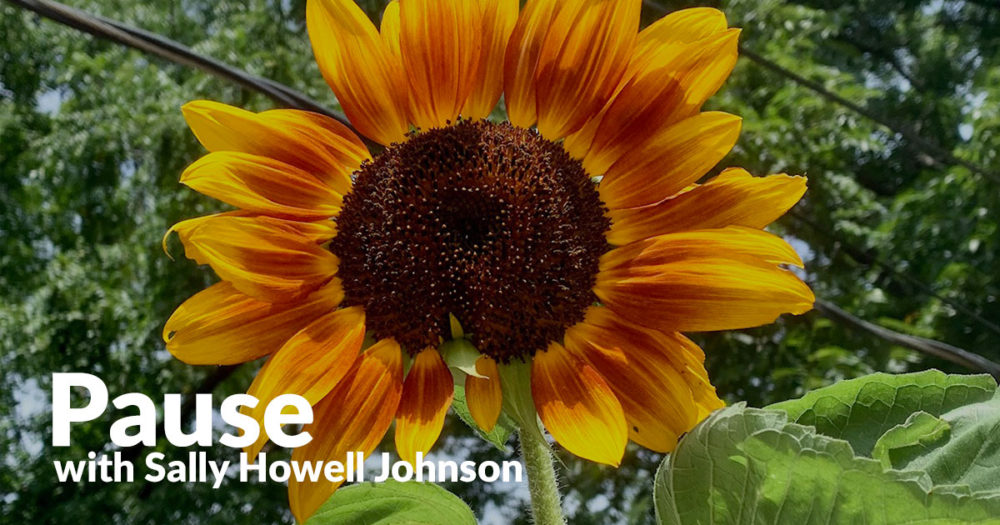“Look!
I beg you.
Don’t ever stop looking
because what makes the world so lovely
is that somewhere it hides a well,
a well that hasn’t been found yet.
And if you don’t find it,
maybe nobody will.”
~Macrina Wiederkehr
A few days ago I came across this poem that really implores the reader to keep eyes open. I jotted it down so I wouldn’t forget it. While in my normal daily life there are few literal wells to be found, I am walking in the land of many wells. Wells that carry the name of the saint who is believed to have stood at the lip of a body of water and by their blessing and the hopes and faith of those who came to also stand with them, the wells were believed to be sacred. They are wells that still can be seen scattered throughout the countryside. Sometimes there is a formal sign that points the way but other times it is a scavenger hunt to find them tucked away in farmland or just on the other side of a stone wall.
Holy wells were a part of the ancient Celtic spiritual life. People gathered round them for the obvious gift of water but over time they were believed to have powers beyond the act of quenching thirst. When the Christian church began to take on a greater structure and those who sought to conquer,or at least influence, these people who knew the Holy in land and sea,the building of churches often happened directly over the well that had been important to their practice of faith. This well was often found just beneath what became the altar of the church. There is much to be thought of in such an act of trying to absorb what people have held sacred and make it become something for another purpose.
But here in Ireland the holy wells can be still be found. More importantly the evidence of them still being places of importance to some group of people can be seen. While traveling with our band of pilgrims we visited St. Brigid’s Well. Tucked behind a stone wall at another more well visited site, we had to do some sleuthing to find it. But once we knew its whereabouts we were able to walk quietly to the waters that had once drawn other pilgrims to stand and pray. Nestled in the branches above the well hung small pieces of white fabric or tissue, a practice that has continued through centuries of offering prayers and then marking the place.
St. Brendan’s Well was not such an easy find. We drove high over the moors of Valentia Island, down paved and winding roads until the pavement faded away into tracks made muddy and uncertain. There had been an official-looking sign which began our search but after several miles the search seemed futile. Then we saw a sign tipped over and falling to the base of a post. Parking the car and heading over the muddy ground we carefully placed our feet where we could trying not to sink into the now boggy soil. Avoiding all manner of animal evidence along the path we finally saw a stone structure rising out of the ground. Walking closer we saw that others had made this long trek before us and had left mementoes to give visibility to their prayers.The spirit of St. Brendan who was believed to have sailed the seas even as far as North America to tell the story of the Good News had been remembered at this site for who knows how long. Keeping the practice of circling a holy well three times and offering prayers I walked with muddy feet saying the name of one of our dear ones at home who is facing surgery.
Who knows what all this can mean? I only know that if countless pilgrims have done this before me, who am I to turn my back on such an opportunity? Somewhere the world hides a well and sometimes we are blessed to find it.

